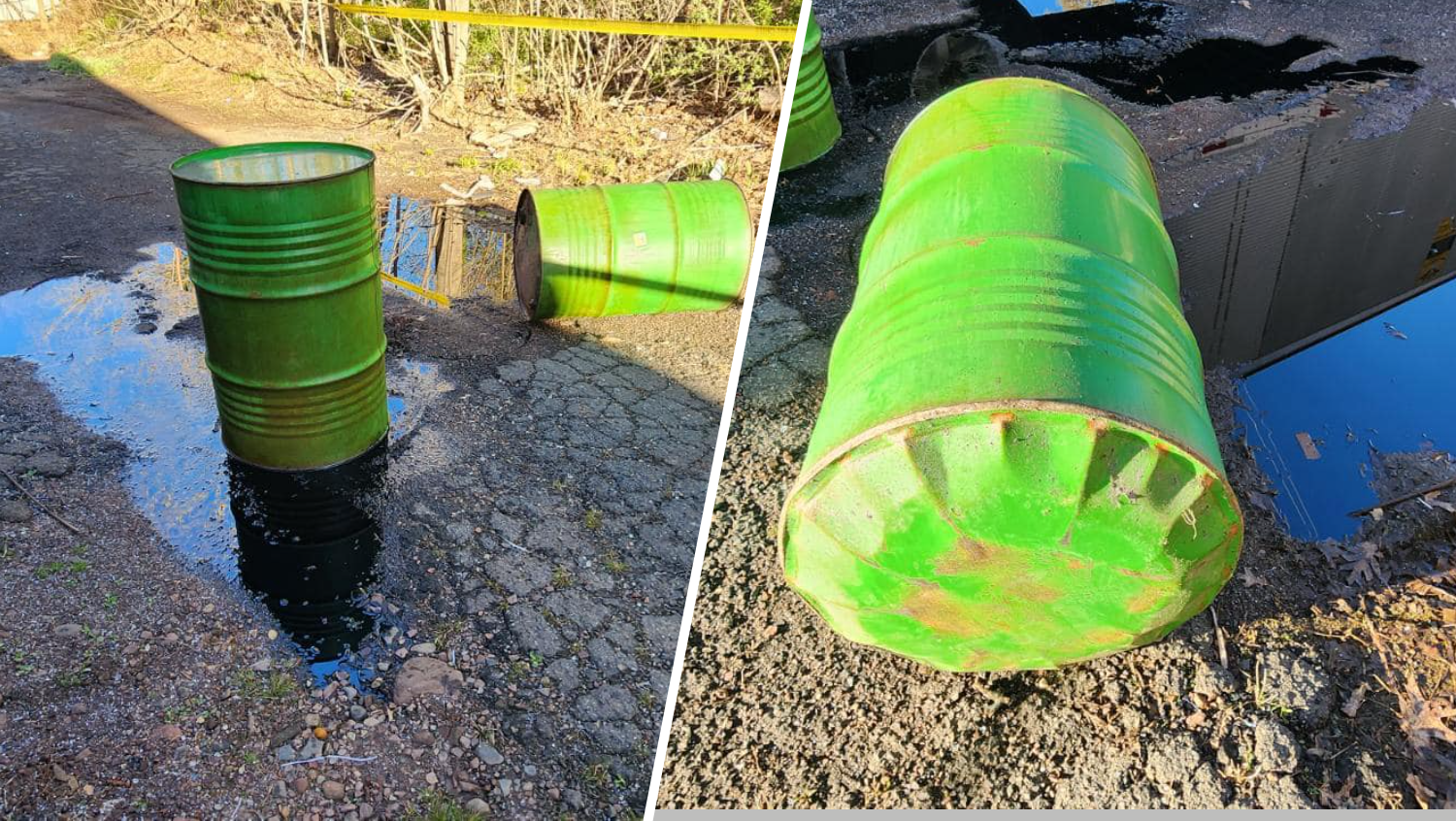What to Know
- Since the start of 2015, there's more than a 15-inch rainfall deficit in the Hartford area
- The Farmington River continues to set record low daily values, where data goes back to 1944
- Winter months from December to February are historically the driest time of year in Connecticut
The only expedient way to eliminate a drought like the one afflicting Connecticut would be a landfalling tropical storm or hurricane – but with that, comes far too many unwanted consequences.
Back in 2011, Irene dumped more than seven inches of rain in western Connecticut, causing devastating flooding.
But there were other impacts, like four and a half feet of storm surge and wind gusts up to 65 miles per hour – all of which accompanied Irene here in the Nutmeg State, and none of which the state wants to see again.

The more reasonable way to squash a deficit of more than 15 inches is to have a wetter than average season – in other words, several months of above average rainfall or snowfall.
A back-of-the-envelope estimate for the average amount of rain Connecticut sees in one month is four inches.
Local
The problem? Every month this year, except February and August, saw between two and two point five inches of precipitation.
Hot off the press is the Climate Prediction Center's three-month precipitation outlook. The government forecasters project equal chances of above or below average precipitation.
Unfortunately, the drought is likely to continue as fall begins, and winter is historically the driest time of year in connecticut.



